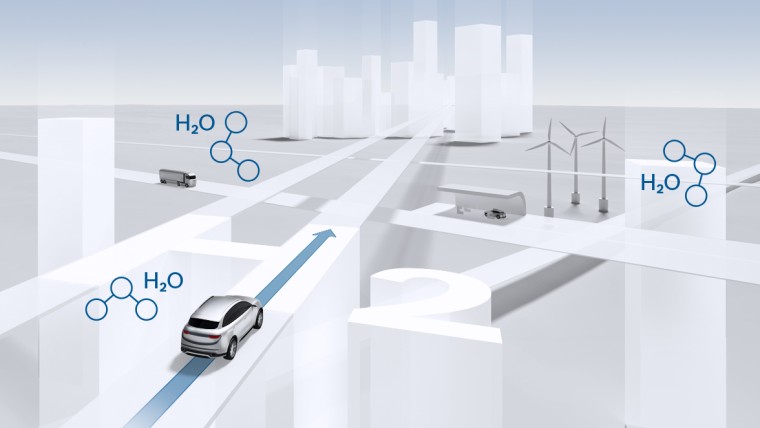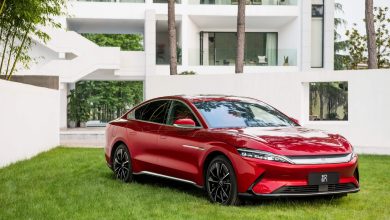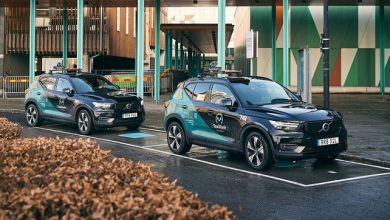Bosch developing hydrogen fuel-cell powertrain
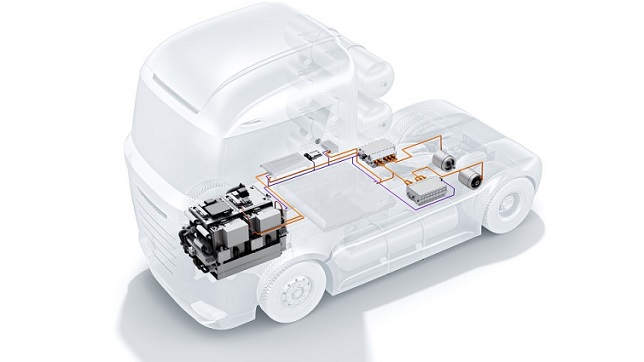
Bosch is developing the fuel-cell powertrain primarily with a focus on trucks, and the company plans to start production in 2022–2023. Once they have become established in trucks, Bosch fuel-cell powertrains will explore usage in passenger cars.
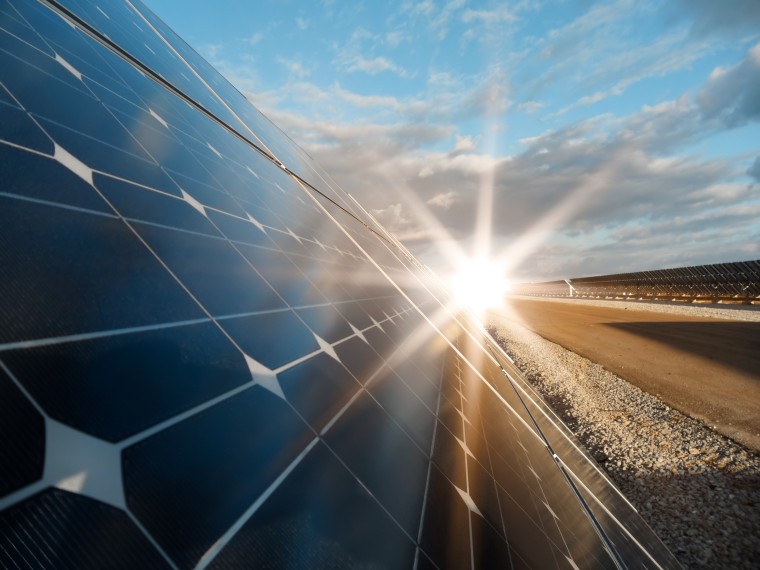
Fuel-cell powertrain Vs battery-electric powertrains
Experts believe that fuel cells and hydrogen are crucial building blocks of tomorrow’s mobility. The many factors supporting this argument include climate neutrality, the high energy density of hydrogen, and efficiency. According to explain Dr. Uwe Gackstatter, president of the Bosch Powertrain Solutions division, “The advantages of the fuel cell really come into play in those areas where battery-electric powertrains don’t shine. This means there’s no competition between fuel cells and batteries; instead, they complement one another perfectly. Fuel cells are the first choice for transporting larger loads for many kilometers every day. ”
In the EU-funded H2Haul project, Bosch is working with other companies to build a small fleet of fuel-cell trucks and put them on the road. Additionally, to mobile applications, Bosch is developing fuel-cell stacks for stationary applications with solid-oxide fuel-cell (SOFC) technology. One intended use for them is as small, distributed power stations in cities, data centers, and charge points for electric vehicles.
Is cost a concern?
The cost of green hydrogen will come down considerably when production capacities are expanded and the price of electricity generated from renewables declines. The Hydrogen Council, an association of over 90 international companies, expects costs for several hydrogen applications to fall by half in the next ten years – making them competitive with other technologies. Bosch is currently working with the startup Powercell to develop the stack, the core of the fuel cell, and make it market-ready, with manufacturing to follow. The goal is a high-performance solution that can be manufactured at low cost. “In the medium term, using a vehicle with a fuel cell won’t be more expensive than using one with a conventional powertrain,” Gackstatter says.
Infrastructure and safety aspects
Today’s network of hydrogen filling stations doesn’t offer complete coverage, but the roughly 180 hydrogen filling stations in Europe are already sufficient for a few important transport routes. For example, the H2 Mobility joint venture will have built around 100 publicly accessible filling stations in Germany by the top of 2020, while the EU-funded H2Haul project is working not only on trucks but also on the filling stations required on its planned routes. Japan, China, and South Korea also have comprehensive support programs.
Furthermore, hydrogen tanks do not pose an increased risk of explosion. It is true that H2 burns in combination with oxygen and that a mixture of the two beyond a particular ratio is explosive. But hydrogen is about 14 times lighter than air and thus extremely volatile.
